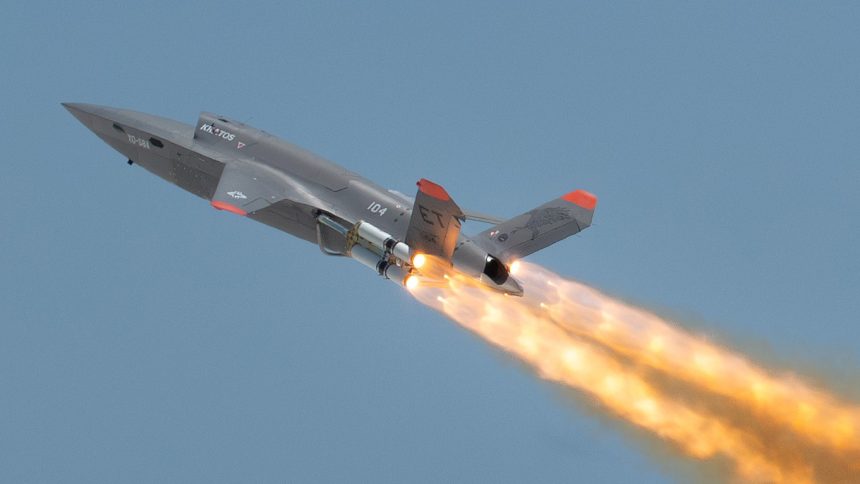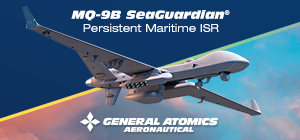
The USAF unveiled on July 3 the “recent” conclusion of a complex in-flight demonstrative event meant to enable a “major leap” in human-machine teaming.
Flown at Eglin Air Force Base, in Florida, the event saw the integration of crewed jet fighters with Autonomous Collaborative Platforms in simulated air combat. The pilots of an F-16C FIGHTING FALCON and of an F-15E STRIKE EAGLE each controlled 2 XQ-58A VALKYRIE ACPs by Kratos during a training scenario, demonstrating real-time integration between crewed and semi-autonomous systems.
ACPs are expected to be key enablers of future airpower providing adjunct capabilities and mass at affordable prices and with the ability to operate semi-autonomously in high-risk environments, “tolerating” losses by virtue of lack of crew on board and low cost.
The XQ-58A VALKYRIE by Kratos is a unique ACP in that it also offers “runway independence” as it is catapulted into the air with the use of rockets and can land by parachute, including with splashdown into the sea if needed, enabling use from ships as well as virtually “zero-length” surfaces on land. While the VALKYRIE was not selected with the Collaborative Combat Aircraft Increment 1 project, it maintains a very important experimental role and is also, so far at least, the favorite ACP candidate for the USMC.
The semi-autonomous nature of the ACPs enable them to act as force multipliers, with the human operator only needing to focus on providing them with strategic and ethical oversight, with the aircraft otherwise flying and “fighting” themselves. This is fundamental to keep pilot workload down and ensure single-seater fighters can control ACPs and take advantage of them.
Data from the demonstration will inform future development and deployment of semi-autonomous capabilities across the Department of Defense, and the results of the event have been celebrated as a key milestone by both Gen. Ken Wilsbach, commander of Air Combat Command, and by Brig Gen. Jason E. Bartolomei, commander of Air Force Research Laboratory.
The event was supported by the Department of Defense’s Rapid Defense Experimentation Reserve program under the Office of the Undersecretary of Defense for Research and Engineering, and executed by Air Force Materiel Command’s Air Force Research Laboratory and Air Force Test Center, Air Combat Command and U.S. Navy, demonstrating the joint approach to capability development. Although USAF and Navy/USMC have their own specific plans for ACP/CCA type platforms, they are committed to the widest possible interoperability, with either Service able to control the other’s platforms when needed.








.png)
